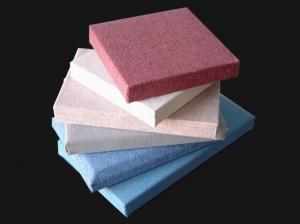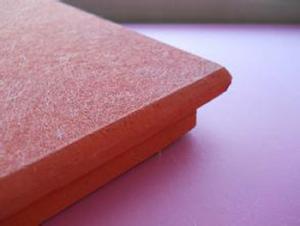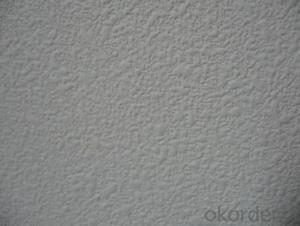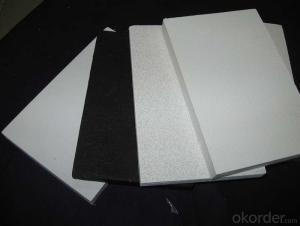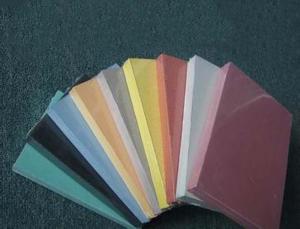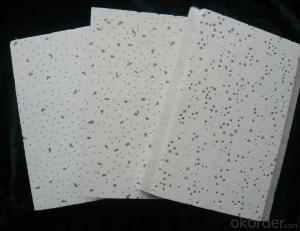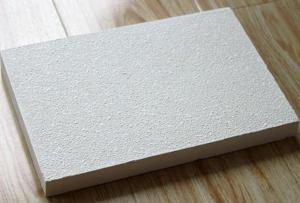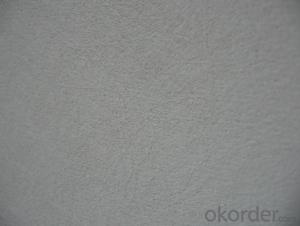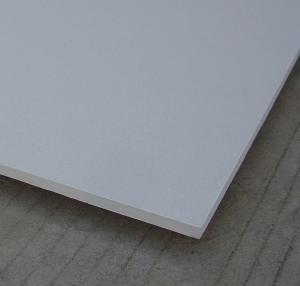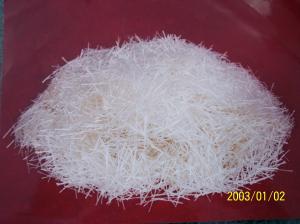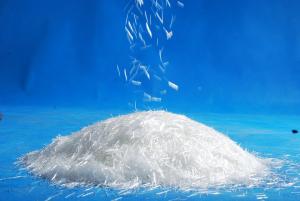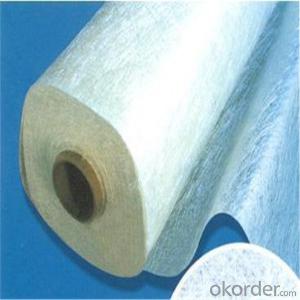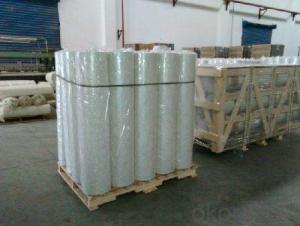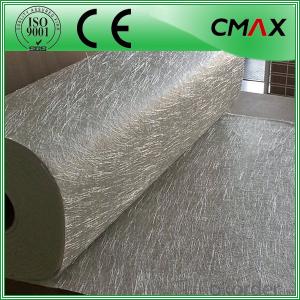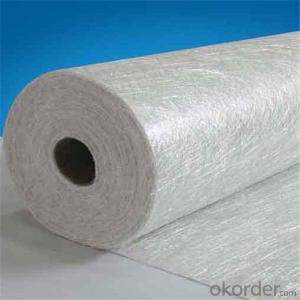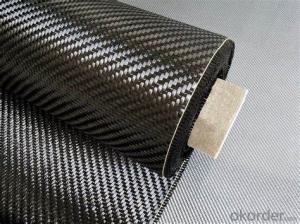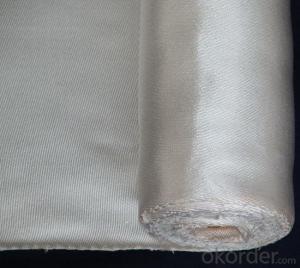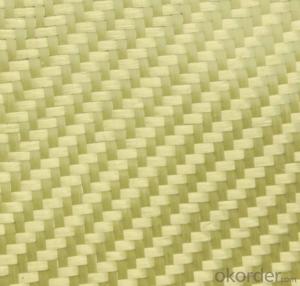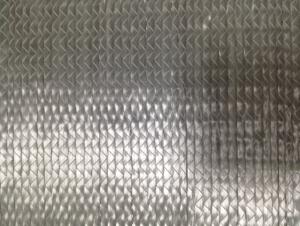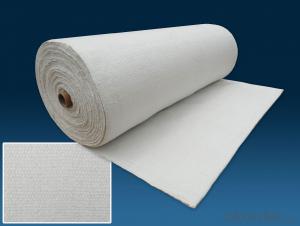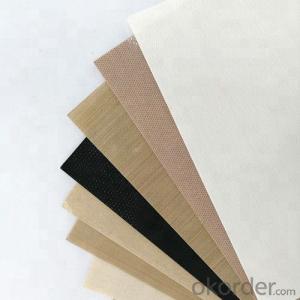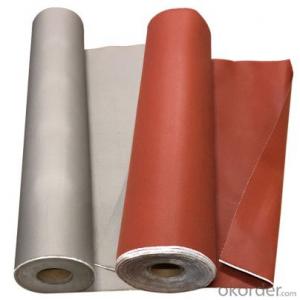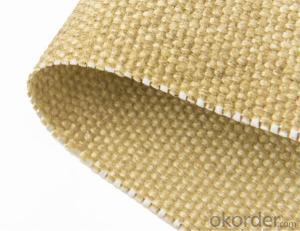Concrete Fiberglass Chopped Strand
Concrete Fiberglass Chopped Strand Related Searches
Led Light Bulbs For Ceiling Fixtures Decorative Ceiling Plate For Light Fixture Ceiling Plate For Hanging Light Fiberglass Sheets For Roofing Track Lights For Kitchen Ceiling Lights For Kitchen Ceiling Lights For Fall Ceiling Spotlight For Ceiling 5 Blade Ceiling Fan With Light 12X12 Ceiling Tiles With HolesHot Searches
Fiberglass Scaffolding For Sale Plastic Roof Tiles For Sale Fiberglass Panels For Sale Fiberglass Greenhouses For Sale Cost Of Concrete Tile Roof Roof Insulation Price Artificial Slate Roof Tiles Price Ceiling Fan Lowest Price Tesla Solar Roof Inverter Types Of Flat Roof Coverings Stone Wall Tiles Cost Company Office Design Ceramic Roof Tiles Cost Metal Roof Tiles Prices Cement Roof Tile Manufacturers Clay Roof Tile Manufacturers Synthetic Roof Tiles Cost Roof Clay Tiles Prices Interlocking Roof Tiles Prices 30 Year Roof Shingles PricesConcrete Fiberglass Chopped Strand Supplier & Manufacturer from China
Okorder.com is a professional Concrete Fiberglass Chopped Strand supplier & manufacturer, offers integrated one-stop services including real-time quoting and online cargo tracking. We are funded by CNBM Group, a Fortune 500 enterprise and the largest Concrete Fiberglass Chopped Strand firm in China.Hot Products
FAQ
- The cost range for fiberglass fabrics can vary depending on several factors such as the quality, weight, and manufacturer. However, on average, you can expect to find fiberglass fabrics priced anywhere between $5 to $20 per yard.
- Windbreakers often incorporate fiberglass fabric due to its unique properties that make it suitable for this purpose. Lightweight, durable, and able to withstand harsh weather conditions, fiberglass fabric offers all the qualities needed for windbreaker production. To reinforce windbreakers, fiberglass fabric is commonly used as a material. It is incorporated into specific areas like the shoulders, elbows, or hood to provide extra strength and durability. Acting as a protective layer, fiberglass fabric prevents tears or rips in these high-stress areas, resulting in a longer-lasting and more efficient windbreaker. The thermal insulation properties of fiberglass fabric are also well-known. Windbreakers are designed to keep wearers warm and comfortable in windy or chilly weather, and fiberglass fabric plays a significant role in achieving this goal. By acting as a barrier against wind, it prevents it from penetrating the fabric and stealing body heat. This insulation property helps retain the warmth generated by the body, ensuring the wearer stays cozy even in harsh weather conditions. Furthermore, the lightweight nature of fiberglass fabric is essential for windbreaker production. Windbreakers are typically designed to be portable and easy to carry, making them ideal for outdoor activities like hiking or camping. With fiberglass fabric being lightweight, it ensures the windbreaker remains comfortable and doesn't add unnecessary bulk to the wearer. Lastly, fiberglass fabric is water-resistant, which is another crucial feature for windbreakers. It repels water and keeps wearers dry during light rain or drizzles. This property is particularly important for outdoor enthusiasts or individuals engaging in activities in damp or unpredictable weather conditions. In conclusion, fiberglass fabric is utilized in windbreaker production due to its reinforcement capabilities, thermal insulation properties, lightweight nature, and water resistance. These qualities make fiberglass fabric an excellent choice for ensuring durability, comfort, and protection from wind and other weather elements in windbreaker designs.
- Fiberglass fabric, known for its high strength-to-weight ratio, is an excellent choice for reinforcing sports equipment. It can be used to reinforce a variety of sports equipment, including skis, snowboards, surfboards, and tennis rackets. By combining the fiberglass fabric with a resin matrix, a robust and long-lasting composite material is created, capable of withstanding the intense stress and impact that occur during sports activities. Moreover, the fiberglass fabric can also improve the equipment's torsional and bending properties, providing flexibility and enhancing overall performance. Thus, fiberglass fabric is widely utilized as a reinforcement material in sports equipment, enhancing strength, durability, and performance.
- Surfboards can indeed be made using fiberglass fabric, which is actually a very commonly used material in surfboard construction. The reason for its popularity lies in its impressive strength, durability, and lightweight nature, all of which make it perfectly suited for manufacturing surfboards. To create a strong and rigid structure, the fiberglass fabric is typically layered on top of the foam core of the surfboard and then laminated with resin. This combination of materials ensures that the surfboard can withstand the powerful forces exerted by waves while still maintaining the necessary flexibility for maneuverability. Furthermore, fiberglass fabric allows for easy customization of the surfboard's shape and design, making it a favored choice among both surfboard shapers and manufacturers.
- Yes, fiberglass fabrics are generally resistant to staining or discoloration. This is because fiberglass is a synthetic material that is non-porous and does not absorb liquids or substances that can cause stains. Additionally, fiberglass fabrics are often treated with special coatings or finishes that provide an extra layer of protection against staining or discoloration. However, it is important to note that the level of resistance can vary depending on the specific type of fiberglass fabric and the substances it comes into contact with.
- Yes, there are specific storage requirements for fiberglass fabrics. They should be stored in a dry and well-ventilated area, away from direct sunlight and extreme temperatures. It is also important to keep them away from any chemicals, solvents, or oils that could potentially damage or degrade the fabric. Additionally, they should be stored in a way that prevents any sharp objects or heavy items from causing damage or puncturing the fabric.
- Protective gloves commonly utilize fiberglass fabric because of its unique properties that make it an ideal material for safeguarding against different dangers. Comprised of fine glass fibers woven together, this fabric is both strong and durable. An outstanding advantage of fiberglass fabric in protective gloves is its superb heat resistance. With the ability to withstand high temperatures without melting or deteriorating, it is well-suited for situations where heat protection is crucial. In industries like welding, metalworking, or firefighting, where workers face extreme heat or flames, these gloves made of fiberglass fabric offer a reliable barrier against thermal hazards. Moreover, fiberglass fabric is highly resistant to cuts, abrasions, and punctures. This quality is especially important in industries such as construction, manufacturing, or automotive, where workers handle sharp objects or operate machinery that poses injury risks. The gloves' durability ensures they can endure the demands of these environments, preventing cuts or punctures and providing dependable protection for the wearer. Another benefit of fiberglass fabric is its ability to resist chemical exposure. Many industrial jobs involve handling hazardous chemicals or substances that can cause skin irritation or burns. Fiberglass fabric gloves act as an effective shield against these chemicals, preventing direct contact and reducing the risk of harm. In addition, fiberglass fabric gloves are lightweight and flexible, offering dexterity and ease of movement. This is particularly vital in industries where workers require precise hand movements, such as electronics, precision engineering, or laboratory work. The gloves allow the wearer to maintain control and grip while still providing necessary protection. To summarize, fiberglass fabric is utilized in the production of protective gloves because of its exceptional heat resistance, cut and puncture resistance, chemical resistance, and flexibility. By harnessing these properties, fiberglass fabric gloves ensure the safety of workers in various industries, guarding them against thermal hazards, cuts, abrasions, chemical exposure, and enabling precise hand movements.
- Yes, fiberglass fabric can be used for making protective sleeves and gloves. Fiberglass fabric is known for its excellent heat resistance, durability, and insulation properties. These qualities make it suitable for applications that require protection from high temperatures, sparks, and molten metal. When used to make protective sleeves and gloves, fiberglass fabric provides a reliable barrier against heat and flames. It can withstand temperatures up to 1000 degrees Fahrenheit, making it ideal for industries such as welding, foundries, and glass manufacturing. Additionally, fiberglass fabric is wear-resistant, tear-resistant, and has excellent tensile strength, ensuring that the protective sleeves and gloves made from it will be long-lasting and offer reliable protection. The fabric is also lightweight and flexible, allowing for ease of movement and dexterity, which is crucial in tasks that require fine motor skills. However, it's important to note that fiberglass fabric can cause irritation to the skin, so it is often coated or lined with other materials to prevent direct contact with the skin. This lining or coating also enhances comfort and provides additional protection against potential skin allergies or irritation. In summary, fiberglass fabric is a suitable material for making protective sleeves and gloves due to its heat resistance, durability, and insulation properties. It offers reliable protection against high temperatures, sparks, and molten metal, making it an excellent choice for workers in industries that involve heat and flame hazards.
